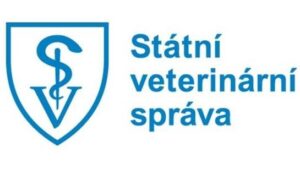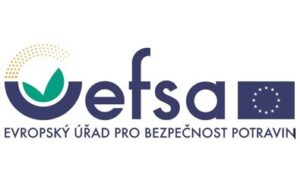Výběrové řízení EFSA: Implementation and interpretation of in vitro testing battery for the assessment of developmental neurotoxicity
Termín pro vyjádření zájmu: 20. 10. 2017
Evropský úřad pro bezpečnost potravin (EFSA) otevírá výběrové řízení, jehož účelem je uzavřít kontrakt na vykonávání specifických úkolů ve vymezeném časovém rámci, dle podmínek stanovench zadávací dokumentací.
Celá zadávací dokumentace byla zveřejněna na elektronickém tržišti EU (TED), naleznete ji zde.
Specifické cíle projektu:
Phase 1: Development of the test system
1. Define an in-vitro testing battery covering key developmental processes specific for normal brain development and maturation i.e. neural stem cells commitment and differentiation, neuronal and glial proliferation, migration differentiation into various neuronal and glial subtypes, synaptogenesis, pruning, myelination, networking and terminal functional neuronal and glial maturation. The in vitro neuronal models derived from human induced pluripotent stem cells (hiPSC) should be considered as a preferred option for developmental neurotoxicity test system.
2. For the testing battery, provide recommendations for orthogonal assays, the ones relevant for the improvement of the overall predictive accuracy.
3. Identify gaps in the testing battery; those are important for regulatory application. This should include both gaps in biological (e.g., pathways, processes, lack of metabolic capacity) and chemical space (e.g., inability to test volatile chemicals).
4. Development of a road map for the ‘fit for purpose’ validation of the individual tests and the whole battery. This shall require an outline that differentiates the feasibility and differences between such a validation and a traditional ECVAM validation.
5. Development and testing of a chemical library for challenging this battery leading to scientific validation of the individual tests, as well as entire battery. This list should include assay specific controls, and positive and negative chemicals relative to in vivo nervous system development. This list should be large enough to allow a computational comparison of assays that provides estimates of balanced accuracy of individual assay as well as batteries of assays.
Phase 2: Reporting phase
1. Definition of the biological/toxicological application domain of the individual tests and the whole testing battery.
2. Draft guidance for the conduction of in vitro DNT testing using the battery and interpretation of the battery test results.
3. Development of case studies for use of data resulting from the test battery with the IATA framework. The case studies should be applicable to regulatory decisions that require different degrees of decision uncertainty (e.g., inclusion of mechanistic understandings derived from the test battery in support of pesticide regulations; use of data on previously untested chemicals in a weight of evidence approach to chemical prioritization).
Termín pro vyjádření zájmu: 20. října 2017
Zdroj: EFSA: Implementation and interpretation of in vitro testing battery for the assessment of developmental neurotoxicity OC/EFSA/PRAS/2017/01










